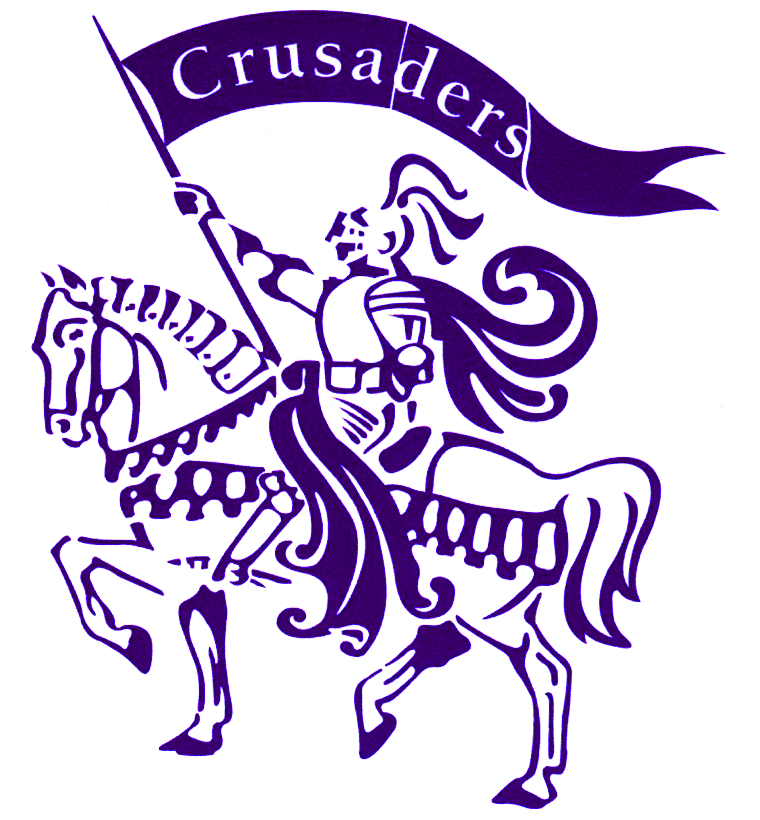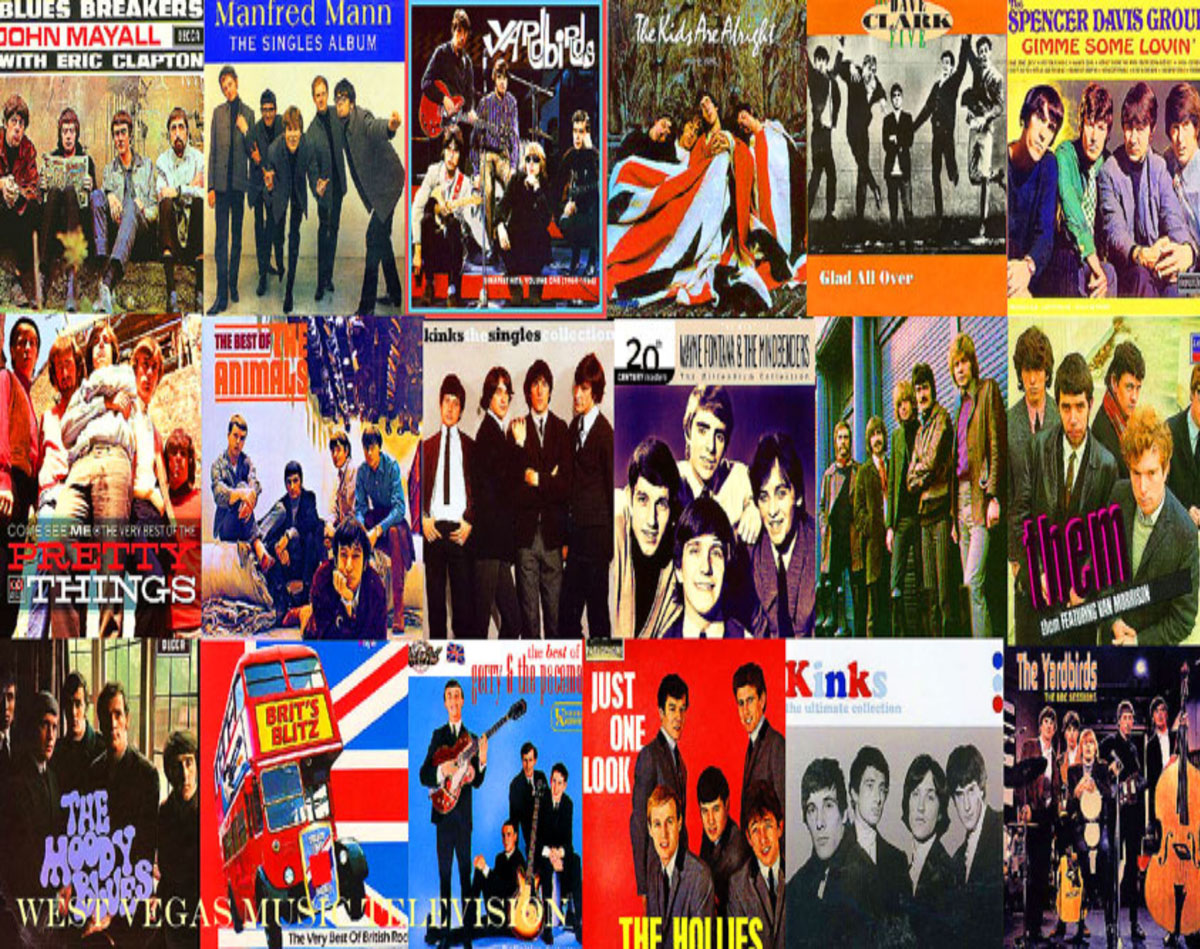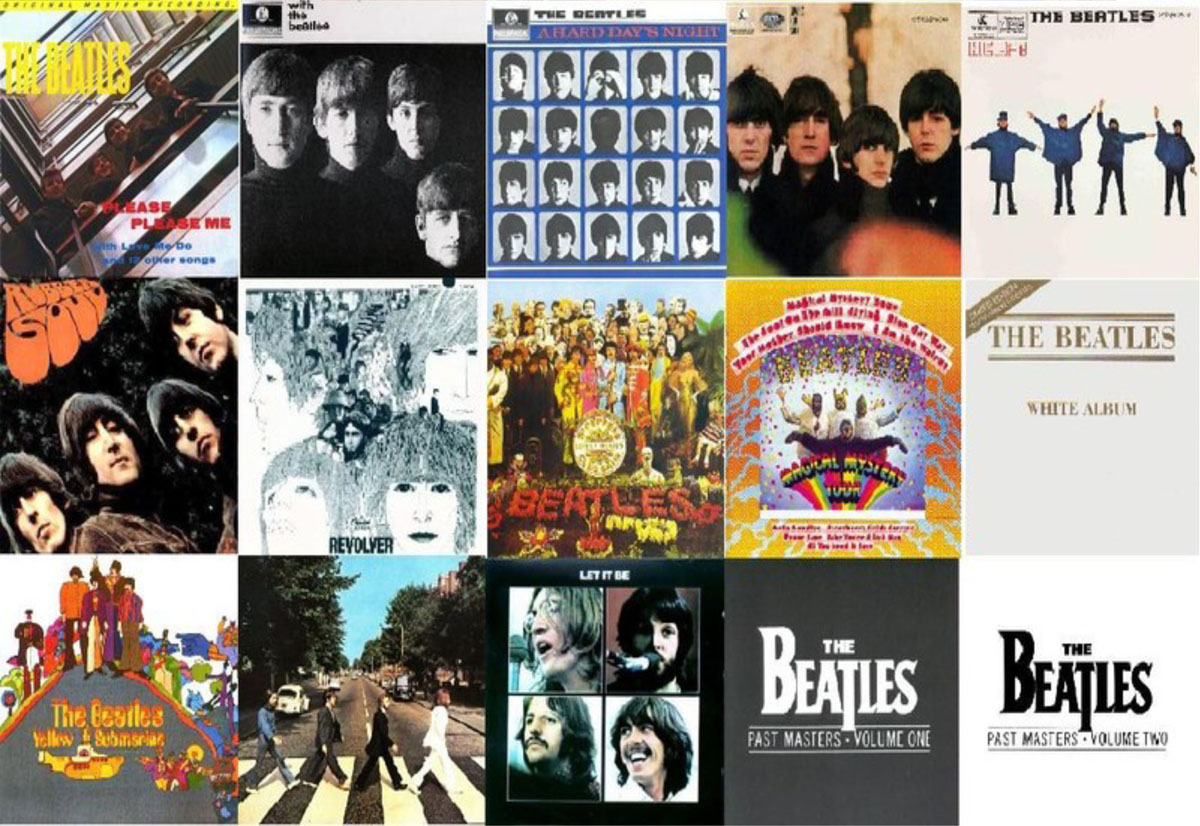This information is reprinted from ThePeopleHistory.com. Please visit their website to see the original.
The 1960’s were a time of upheaval in society, fashion, attitudes and especially music. Before 1963, the music of the sixties still reflected the sound, style and beliefs of the previous decade and many of the hit records were by artists who had found mainstream success in the 1950s, like Elvis Presley, Ray Charles, Dion, and the Everly Brothers. In 1963 and the years to follow, a number of social influences changed what popular music was and gave birth to the diversity that we experience with music today.
The assassination of President Kennedy, the escalation of the war in Vietnam and the forward-progress of the Civil Rights Movement all greatly impacted the mood of American culture and the music began to reflect that change. The “British Invasion” also began around 1963 with the arrival of The Beatles on the music scene and the type of rabid fandom that followed them would change the way people would view and interact with music and musicians forever.
Popular Music Genres of the 1960’s
In this section we’ve listed some history of the “British Invasion”, Motown and R&B, Folk and Protest music, and the large amount of variation that emerged in Rock music throughout the sixties.
British Invasion
- The Beatles
- The Who
- The Rolling Stones
- Cream
- The Yardbirds
- Donovan
- Manfred Mann
- The Kinks
- Herman’s Hermits
- Tom Jones
- Dusty Springfield
- The Animals
Motown/R&B
- The Marvelettes
- The Supremes
- Marvin Gaye
- The Four Tops
- The Drifters
- The Temptations
- The Miracles
- Stevie Wonder
- Gladys Knight & the Pips
- The Spinners
- Aretha Franklin
Surf & Psychedelic Rock
- The Beach Boys
- The Ventures
- The Champs
- The Doors
- The Grateful Dead
- The Jimi Hendrix Experience
- Jefferson Airplane
- Jan and Dean
- The Kingsmen
- The Trashmen
Roots Rock & Hard Rock
- Janis Joplin
- Creedence Clearwater Revival
- Steppenwolf
- Roy Orbison
- Procol Harum
- The Rolling Stones
- The Who
- The Animals
- The Band
- The Troggs
Folk Rock & Protest Music
- Bob Dylan
- Simon & Garfunkel
- The Mamas & the Papas
- Buffalo Springfield
- Crosby
- Stills & Nash
- The Lovin’ Spoonful
- The Byrds
- The Turtles
- Gordon Lightfoot
- Peter, Paul and Mary
Acappella
- The Persuasions
- The Heartaches
- The Concepts
- The Five Jades
- The Notations
- The Chessmen
- The Five Sharks
- The Royal Counts
- The Zircons
- The Five Fashions
- The Del Capris
- The Shells
British Invasion
The “British Invasion” is the name given to the period of time in the early to mid-1960’s, during which many British rock bands and pop artists found mainstream success in the United States and worldwide. Many of these bands first started by covering American songs and showcasing an American Rock ‘n’ Roll and R&B influence in their sounds. As these bands gained popularity, many of them ventured into new music territory and created their own unique styles. The one band that comes to mind when speaking of the British Invasion is The Beatles, who first broke into the US music scene in 1963, but really became popular in 1964 after appearing on the Ed Sullivan Show.
The Beatles dominated worldwide charts from that point in time until they broke up in 1970. The phenomenon that surrounded them was known as Beatlemania and many up and coming music acts emulated their “Liverpool Sound”. The band holds many musical records to this day reflecting album sales and number one singles and they’re music remains some of the most popular of all time. They can be easily described as the most influential group of the 1960’s. Some other notable British Invasion acts include The Rolling Stones, The Animals, The Who, Herman’s Hermits, Tom Jones, and Donovan, some of whom reached comparable success levels to the Beatles but had different influences on music all together.
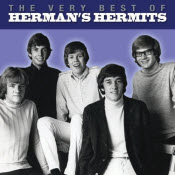
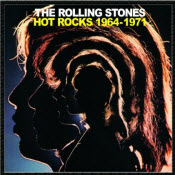
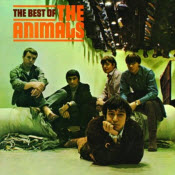
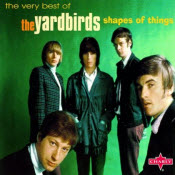
Motown & R&B
The “Motown Sound” and popular R&B music had a major significance in terms of the Civil Rights movement and integration in American society during the sixties. Motown started as a Detroit-based record label in the late fifties and early sixties, but it quickly turned into much more as the acts gained popularity worldwide. Motown records consisted mainly of African-American groups, singers, songwriters and management and their musical and business success proved in breaking down the barriers of segregation and granted African-American performers and musicians a chances to re-appropriate much of the success that had been credited to white rock ‘n’ rollers and pop artists who had success in singing “black music” during the previous decade.
Two of the most influential groups to come out of the Motown sound were Smokey Robinson and the Miracles and Diana Ross and the Supremes, both of which had as much chart success as any of the rock groups that dominated the airwaves during the sixties. The success of Motown also paved the way for R&B singers and groups who were not necessarily a part of the movement to also enjoy mainstream success. Some other popular Motown and 60’s R&B artists include The Temptations, The Marvelettes, The Four Tops, Stevie Wonder, Marvin Gaye, Aretha Franklin, and the Jackson Five.
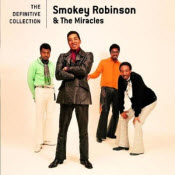
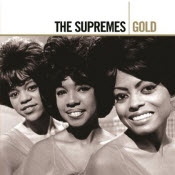
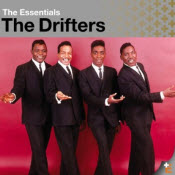
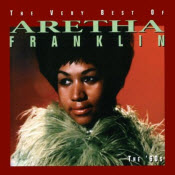
Surf Rock & Psychedelic Rock
Surf rock began in Southern California as a type of dance music that was mostly instrumental and it became quite popular in the early to mid sixties, until the British Invasion took over the music scene. The subject matter for surf rock was quite literally surfing, however, that expanded as the genre grew in popularity to songs about girls, cars and general teenage antics. The most influential and popular group to come out of the genre were The Beach Boys, whose vocal harmonies and well-crafted compositions came to define the genre. The Beach Boys were one of the only bands to come out of the genre and sustain their success. Some other important surf rock acts include Jan and Dean, The Ventures and The Champs.
Psychedelic rock was popular during the latter half of the 1960s and reached its peak at the end of the decade. Psychedelic music was associated with the hippie counter-culture and hallucinogenic drug use and it was created with the intention of “enhancing” the experience of listeners who were using LSD or other mind-altering substances. The lyrics were often strange and made reference to drugs and bands would often use instruments that were not usual, like the sitar, tabla, harpsichord and organ. There was much experimentation in the sound and much of it was influenced by Eastern and Indian music.
Psychedelic rock along with Folk rock became two of the most recognizable sounds associated with 1967’s “Summer of Love” phenomenon. Many popular rock bands experimented with this genre, including The Beatles, The Doors, The Jimi Hendrix Experience, Jefferson Airplane, Cream, Pink Floyd, and The Yardbirds.
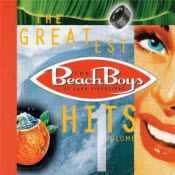

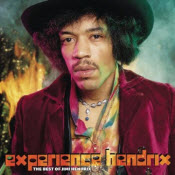
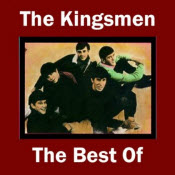
Roots Rock & Hard Rock
Roots rock emerged in the mid to late 1960s as a combination of several genres and sub-genres of rock music that were popular at the time. Roots rock combined elements of folk music, blues, country and rock ‘n’ roll. And, the genre was exemplified by its “back to basics” sound. Bob Dylan is thought to have pioneered the genre with the release of his 1966 album Blonde on Blonde that demonstrated what roots rock was to become. Many of the most popular bands of the time joined the “roots revival” and crafted albums of their own that featured and experimented with a roots sound. Some of the bands that created music in the style of this broad genre included The Rolling Stones, The Doors, The Beatles, The Band, and Creedence Clearwater Revival.
Hard rock took the elements of rock ‘n’ roll and made them heavier as the genre formed in the middle of the decade. The sound is characterized by more aggressive tones and delivery. Hard rock vocalists are identified by their higher range and distinct and often raspy voices. The music was influenced heavily by blues rock, garage rock, and rhythm and blues. This style became associated with rebellious youth and an anti-authority demeanor, with a few acts even destroying their own instruments on stage (like The Who). Due to their hard-partying lifestyles, many musicians that were a part of the hard rock scene developed drug and alcohol problems.
As a result of these problems, quite a few influential musicians died at a young age from substance abuse or accidents related to substance abuse like Janis Joplin and Jimi Hendrix. Notable hard rock bands form the 1960s include The Who, Deep Purple, Led Zeppelin, The Rolling Stones, The Kinks and Steppenwolf.

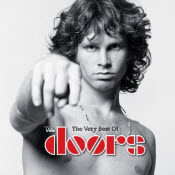
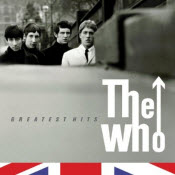
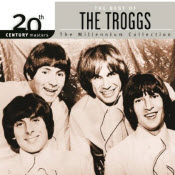
Folk Rock & Protest Music
Folk rock came onto the scene as a popular genre in the mid-sixties and much of it grew out of the protest movements that were active during those turbulent times. Much of the folk rock and protest movement was born out of the emerging group of singer-songwriters that were influenced by the folk musicians of the 1930s. Bob Dylan became one of the most prominent songwriters of the decade with many popular groups such as The Byrds and Peter, Paul and Mary covering his songs successfully. Dylan even saw success as a solo performer and was recognized by his unusual voice. This genre was characterized by its melodic sound and did not necessarily have to connect to the protest movements at the time, although lyrically a lot of the folk rock contained protest messages.
Protest music was distinctly different in that it always had a message and was not confined to the sound and style of folk rock. This music was often a reaction to social injustice, cultural changes, and news events. And, in many cases, it brought awareness to the younger generation who would then join the protest, therefore growing the movements. This genre was not necessarily specific to certain artists either, as many mainstream musicians decided to contribute to the cannon with their own feelings. For example, R&B and Soul singer Same Cooke wrote and recorded “A Change Is Gonna Come” in 1963, a song that became an anthem for the Civil Rights movement in America, along with others like Bob Dylan’s “Blowin’ in the Wind” and James Brown’s “Say It Loud – I’m Black and I’m Proud” from 1963 and 1968 respectively.
Another issue that protest music was used to address was the war in Vietnam and its escalation during the decade. As more and more American troops were being sent to Vietnam with virtually no progress being made, an anti-war movement began to gain steam in the mid-sixties and protest music accompanied it. Some examples of anti-Vietnam songs were Pete Seeger’s “Waist Deep in the Big Muddy from 1967, The Door’s “The Unknown Soldier” from 1968, and Bob Dylan’s “Masters of War” from 1963. Both folk music and protest music were connected to the “hippie” movement at the time and greatly influenced and were influenced by the feelings of freedom, love and peace that characterized the hippies. Some examples of folk rock and protest musicians from the 1960s include Peter, Paul and Mary, Cat Stevens, Buffalo Springfield, Simon and Garfunkel, and Pete Seeger.
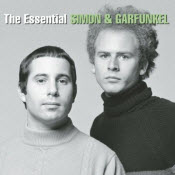
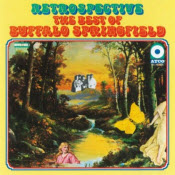
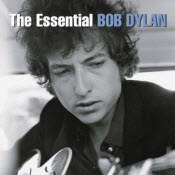
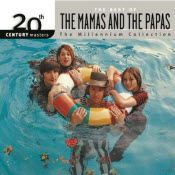
Acappella
The Golden Age of Acappella 1963-1973 exploded in urban America along the acappella corridor that stretched from Boston to Philadelphia; a regional sound that captured the heart and minds of young people in the inner cities. The birth of Acappella as a new urban music genre began in New York City in a small record shop called Times Square Records run and operated by Irving “Slim” Rose. The term Acappella was the word that Slim Rose came up with to promote music that was made without music. Recordings made without music was played on the radio by vocal groups, vinyl acappella records were sold in record stores and Acappella Shows drew hundreds of teenagers throughout New Jersey and New York.
Thus a new urban sound created a niche in the music industry competing with Motown, British Invasion, folk and many other musical genres. Acappella became the starting point and catalyst for oldies radio programing, reissues of records of the late 40’s and 50’s and the preservation and promotion of rhythm and blues vocal groups. Amid the social and cultural revolution taking place during the 1960’s acappella as a whole rose above ethnic and racial barriers and became a dynamic musical movement in American history.
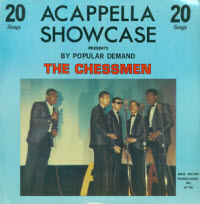
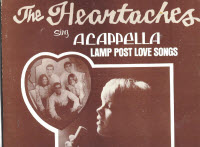
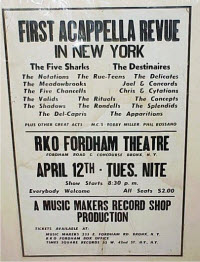
Top Songs Of The 1960s
Popular songs from the 1960’s Decade, arranged by year but in no particular order.
1960
- The Twist- Chubby Checker
- It’s Now or Never – Elvis Presley
- Georgia On My Mind – Ray Charles
- Teen Angel – Mark Dinning
- Save the Last Dance For Me – The Drifters
- Cathy’s Clown – The Everly Brothers
- Walk, Don’t Run – The Ventures
1961
- Stand By Me – Ben E. King
- Blue Moon – The Marcels
- Please Mr. Postman – The Marvelettes
- The Wanderer – Dion
- Calendar Girl – Neil Sedaka
- At Last – Etta James
- The Lion Sleeps Tonight – The Tokens
1962
- Surfin’ Safari – The Beach Boys
- Sherry – The Four Seasons
- Return to Sender – Elvis Presley
- You’ve Really Got a Hold On Me – The Miracles
- Love Me Do – The Beatles
- Green Onions – Booker T. & the M.G.s
- I Can’t Stop Loving You – Ray Charles
1963
- She Loves You – The Beatles
- Louie Louie – The Kingsmen
- Surfin’ USA – The Beach Boys
- It’s My Party – Lesley Gore
- Be My Baby – The Ronettes
- Hey Paula – Paul & Paula
- Ring of Fire – Johnny Cash
1964
- Twist and Shout – The Beatles
- House of the Rising Sun – The Animals
- I Want to Hold Your Hand – The Beatles
- Oh, Pretty Woman – Roy Orbison
- Where Did Our Love Go? – The Supremes
- The Way You Do the Things You Do – The Temptations
- You Really Got Me – The Kinks
1965
- Like A Rolling Stone – Bob Dylan
- (I Can’t Get No) Satisfaction – The Rolling Stones
- My Generation – The Who
- My Girl – The Temptations
- The Sound of Silence – Simon & Garfunkel
- Mr. Tambourine Man – The Byrds
- Help! – The Beatles
1966
- Good Vibrations – The Beach Boys
- Yellow Submarine/Eleanor Rigby – The Beatles
- When A Man Loves A Woman – Percy Sledge
- Wild Thing – The Troggs
- Uptight (Everything’s Alright) – Stevie Wonder
- Monday, Monday – The Mamas and the Papas
- These Boots Are Made for Walkin’ – Nancy Sinatra
1967
- A Whiter Shade of Pale – Procol Harum
- For What It’s Worth – Buffalo Springfield
- I’m A Believer – The Monkees
- Light My Fire – The Doors
- All You Need Is Love – The Beatles
- Happy Together – The Turtles
- Somebody to Love – Jefferson Airplane
1968
- All Along the Watchtower – The Jimi Hendrix Experience
- (Sittin’ On) The Dock of the Bay – Otis Redding
- Chain of Fools – Aretha Franklin
- What A Wonderful World – Louis Armstrong
- Piece of My Heart – Big Brother & The Holding Company (Janis Joplin)
- Hey Jude – The Beatles
- White Room – Cream
1969
- Sugar, Sugar – The Archies
- In The Year 2525 – Zager and Evans
- Aquarius/Let the Sunshine In – The Fifth Dimension
- My Way – Frank Sinatra
- Whole Lotta Love – Led Zeppelin
- Space Oddity – David Bowie
- Bad Moon Rising – Creedence Clearwater Revival
This information is reprinted from ThePeopleHistory.com. Please visit their website to see the original.
This information is reprinted from ThePeopleHistory.com. Please visit their website to see the original.
